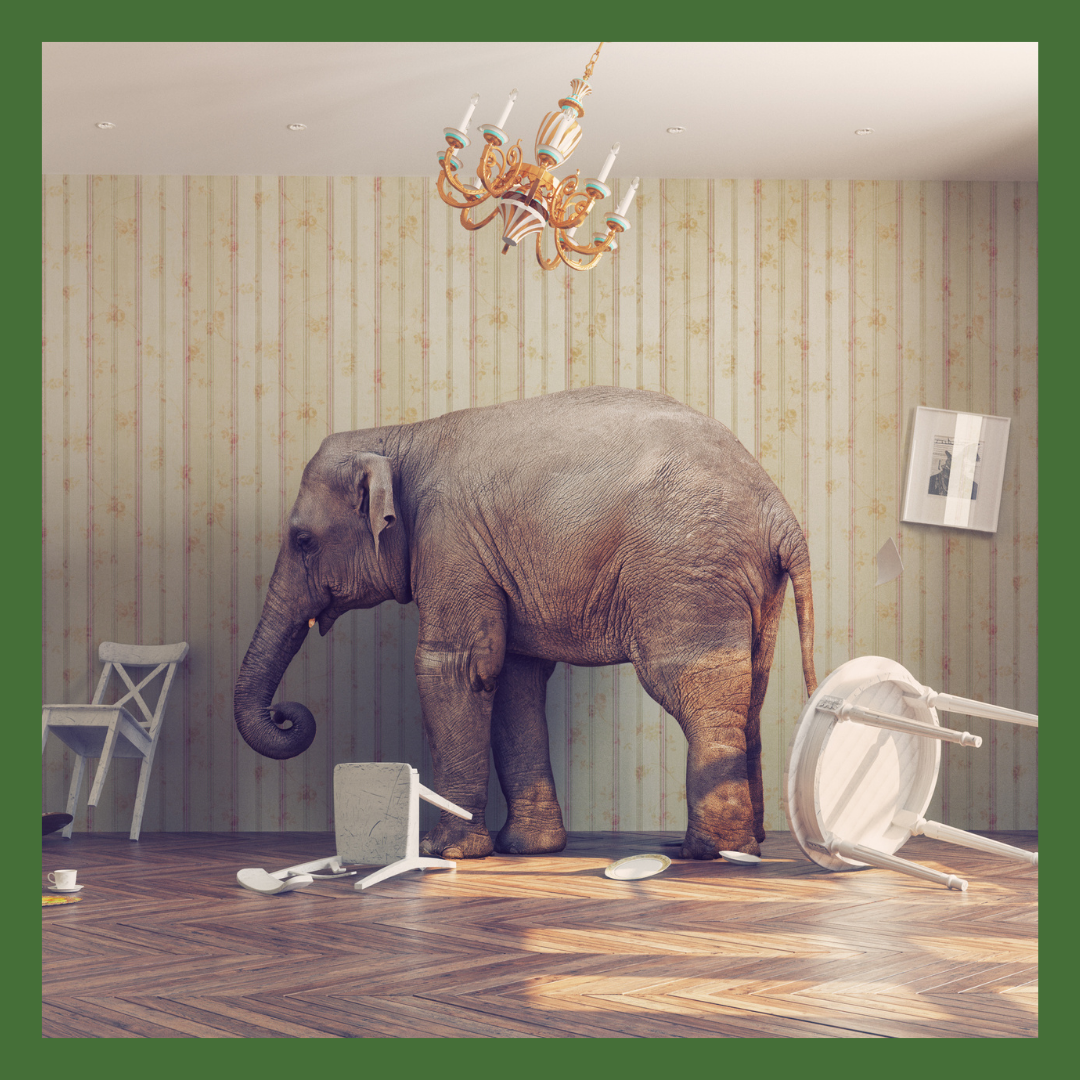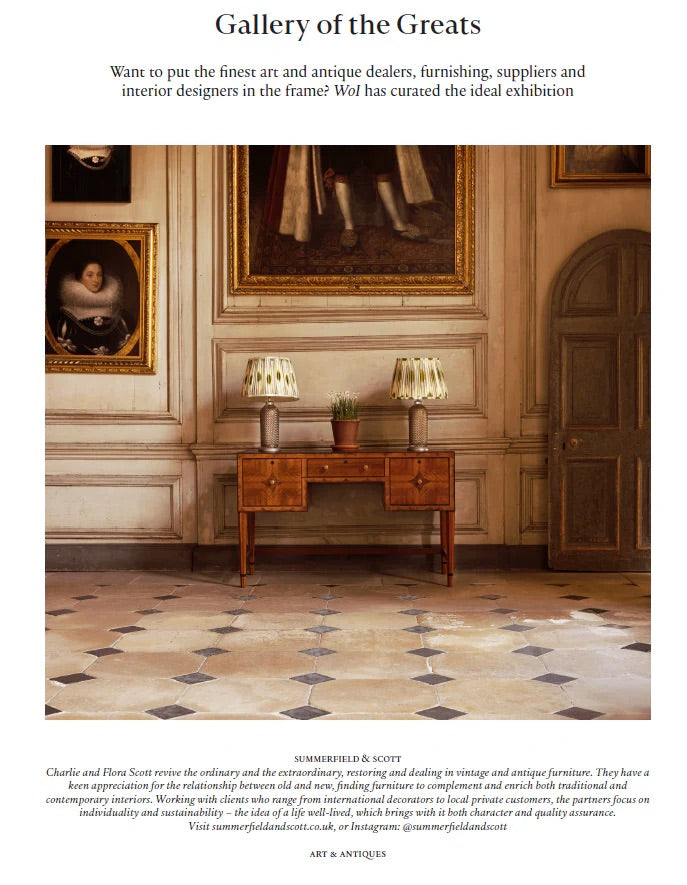
The Elephant in the Room - Rethinking Fast Furniture and Interior Design

Fast food? Fast fashion? Both are increasingly frowned upon in today’s age of conscious consumption. But what about fast furniture? If we care so deeply about what we put into and onto our bodies, why are we less mindful about what we sit on, sleep in, or eat at?
The Allure of Convenience and It's Hidden Cost
Interior design has become not only popular, but mainstream. After extended periods at home, many of us have grown acutely aware of what doesn’t work in our spaces. With social media as our guide, we’re now curating ‘the perfect home’ at the swipe of a finger.
But what price does that convenience carry?
Every year in the UK, we dispose of around 22 million pieces of furniture — roughly 1.6 million tonnes — much of it sent to landfill or incineration. Even items that are intended for recycling often don’t make it. Broken systems, poor communication, and costly disposal processes contribute to this waste.
The Environmental Impact of Disposable Furniture
The average piece of furniture creates around 47kg of CO₂ equivalents during its manufacture — equivalent to burning over 5 gallons of petrol. Without responsible reuse or recycling, all of that embodied energy is wasted.
Add to that the long and often opaque supply chains, and furniture becomes an environmental blind spot. It's not just about waste — it’s about emissions, energy, and resource use.
The Human Cost Behind the Aesthetic
And it’s not just our planet which is negatively affected by fast furniture, our people are too. Meeting the demand for cheap, quickly produced furniture often involves outsourcing production to regions with lower labour costs and fewer protections for workers. Poor working conditions and unfair wages are part of the price tag we don’t see.
Circular Design in Furniture — A Better Way
A circular economy isn't a new concept, but it’s rarely applied meaningfully to the way we furnish our homes. Furniture, at its best, should be made to last decades — ideally a century. Instead of a linear cycle of production → consumption → disposal, circular thinking reimagines furniture as something that can be reused, restored, and enjoyed again and again.
Even upholstery reveals the difference: mass-market foam often breaks down within 10 years, while traditional, natural stuffings can last 20–50 years.
Well-made furniture is an investment in sustainability, durability, and timeless design.
The idea of a circular economy is far from novel, but is not often applied to the way we furnish our homes to great effect. If applied correctly, a cyclical system provides a viable alternative to a linear one which simply accelerates waste production; aiming to conserve natural resources by reusing existing materials.
Yes interior design is cool, but responsible interior design is even more so.
Responsible Interior Design is the Future
Yes, interior design is cool. But responsible interior design — rooted in ethics, longevity, and environmental awareness — is cooler.
Choosing restored antique and vintage furniture supports a circular economy and reduces reliance on mass production. It’s a way to create beautiful, functional interiors without the environmental and human cost.




